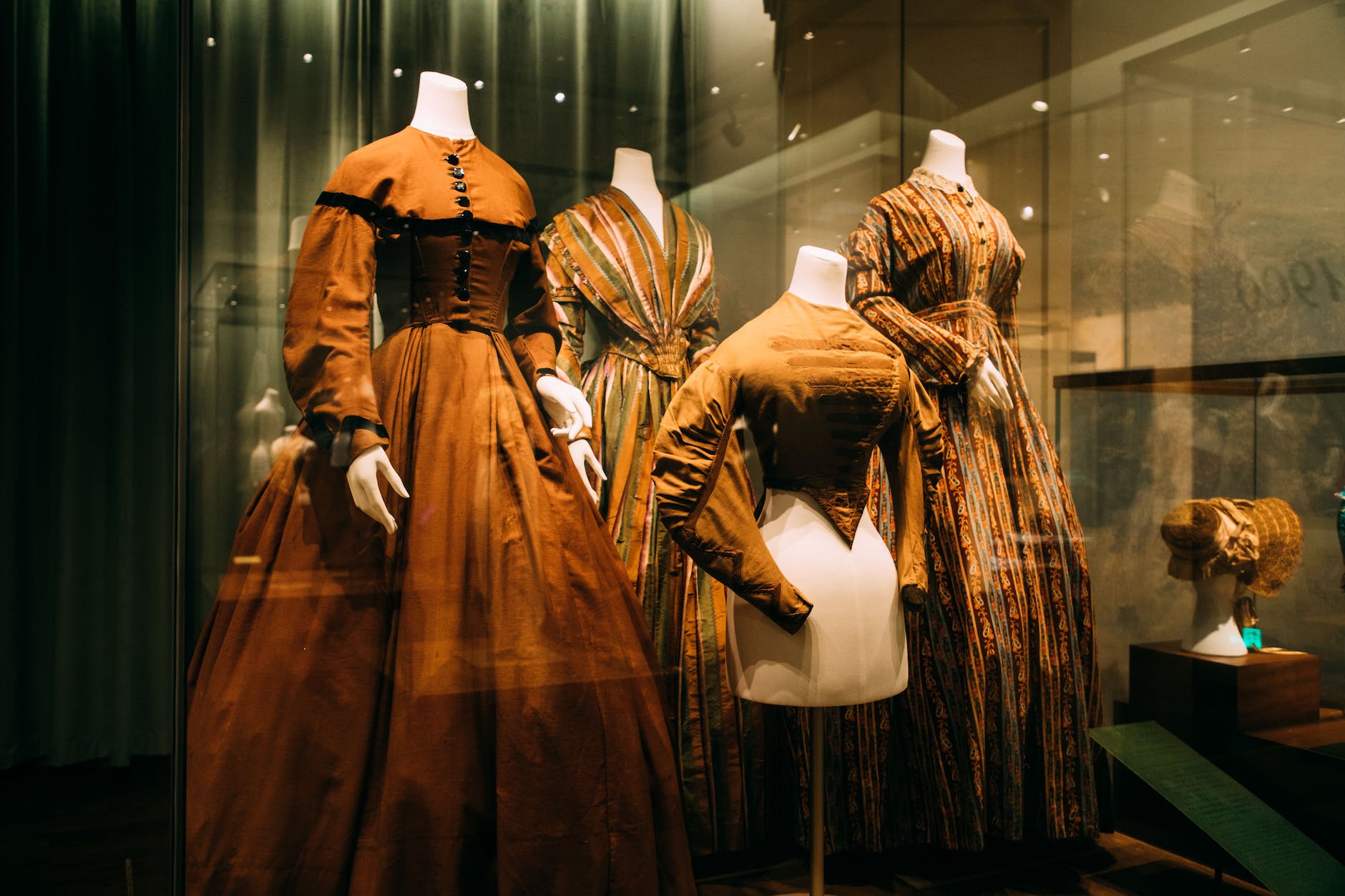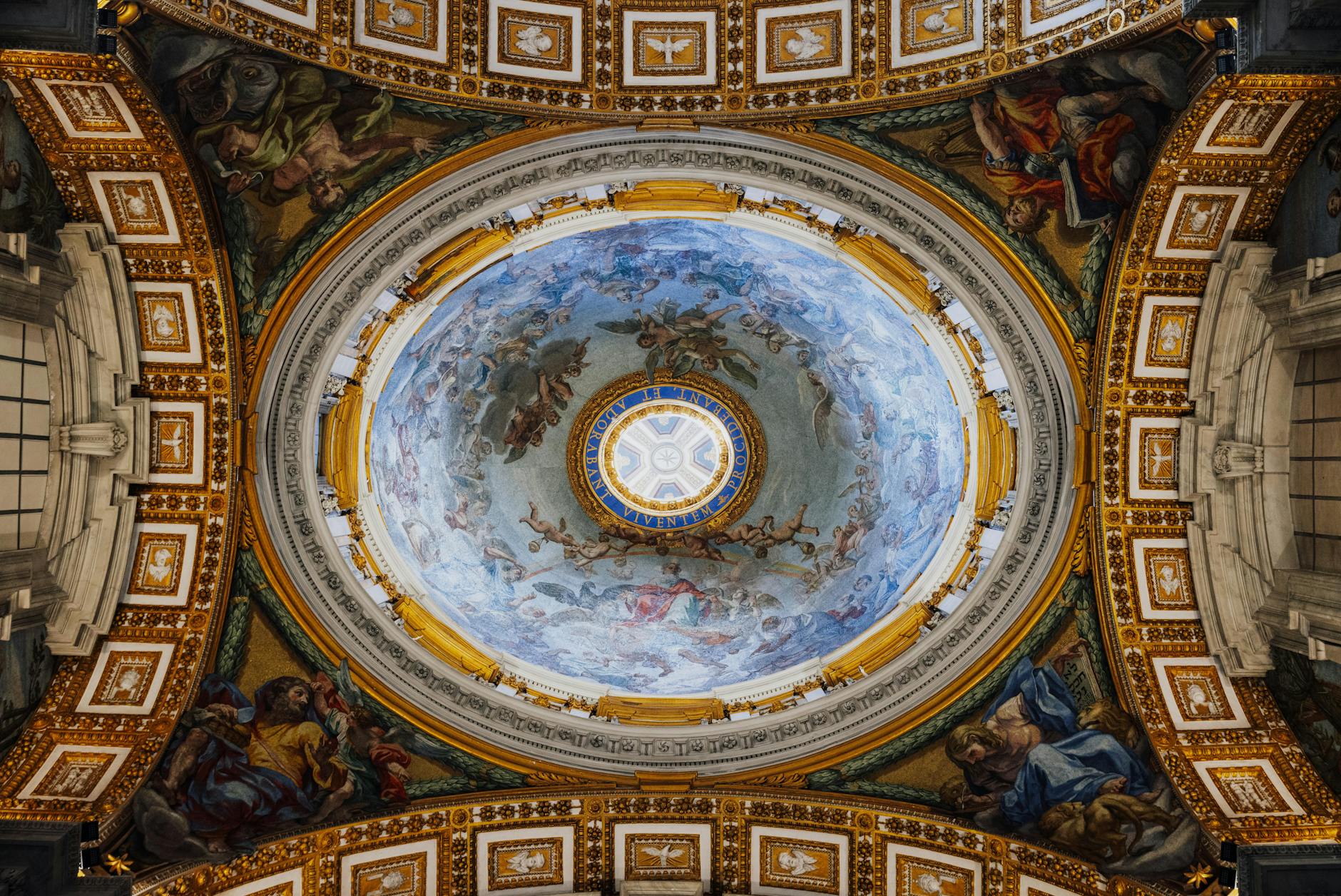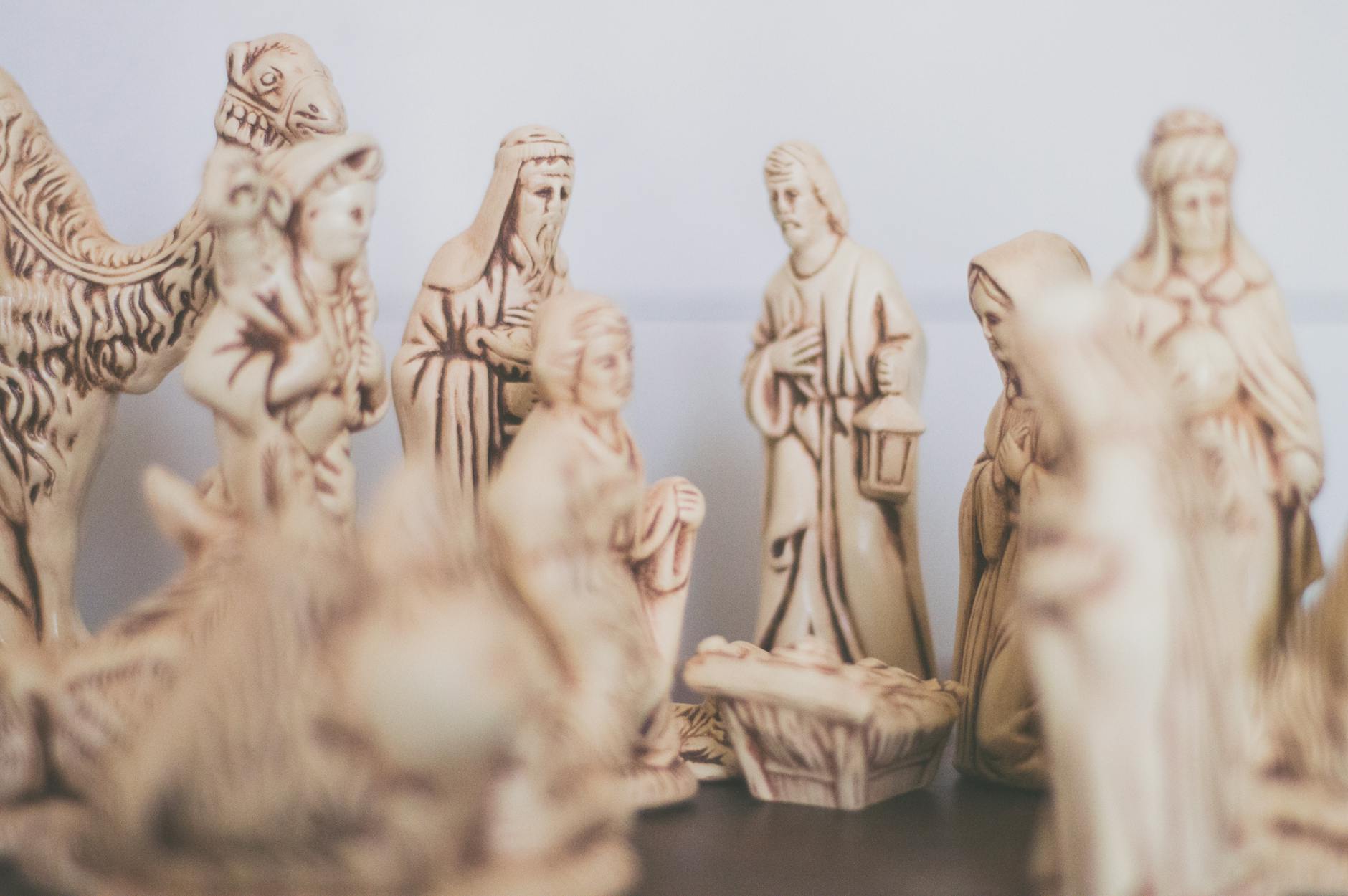The history of art is rich, diverse, and marked by singular transformations. Among these shifts, the emergence and development of psychedelic art represent one of the most visually stunning and philosophically profound evolutions in artistic style. This distinct art form is characterized by vibrant colors, intricate geometric patterns, and surreal imagery designed to enhance or replicate the experiences of altered states of consciousness. Here, we explore the origin of psychedelic art, their historical influences, the pioneers who brought it to life, the cultural context of its emergence, the artistic techniques used, and the ongoing evolution of style.
The genesis of psychedelic art is often linked to the psychedelic experiences induced by substances such as LSD, mescaline, and psilocybin. However, the aesthetic roots of this art form trace back to a past more distant than the 1960s countercultural revolution most associate it with. One can find the precursors of hallucinatory visuals in the intricate, geometric designs of Islamic art and the vividly unreal landscapes of surrealist paintings, serving as early historical influences on psychedelic art.
At the dawn of the 20th century, artists began to explore the visual representation of mental states with the advent of abstract art. Abstract Expressionism and Surrealism, in particular, bore fundamental ties with the psychedelic movement. Artists like Wassily Kandinsky began associating colors and shapes with specific emotional states, even as Salvador Dalí turned the logic of dreams into visual reality.
Around mid-20th century, as more people began to experiment with psychedelic substances, these explorations took on a new meaning. Cultural luminaries like Aldous Huxley proposed that such substances could unlock radical new ways of perceiving reality, providing the foundations and the cultural context for a new kind of art. Artists who experimented with these substances began to incorporate the striking, transformative visions they saw into their work, marking the birth of psychedelic art as we know it.
Among the pioneers of this movement were artists like Bridget Riley and Alex Grey. Riley was famous for her shimmering, almost disorienting patterns that make the canvas seem to move—the perfect example of an artistic technique synonymous with psychedelic art. Grey, on the other hand, is admired for his intricate, scientifically-informed depictions of human anatomy merged perfectly with cosmic and spiritual elements, reflecting the subject’s inner psyche and their wider metaphysical connections.
As the countercultural movements of the 1960s progressed, psychedelic art found itself swept up in a wave of popularization, lending its designs to concert posters, album covers, and books. The poster and album art for Grateful Dead, The Beatles, and Pink Floyd became iconic examples of the genre.
In the contemporary art scene, the evolution of style in psychedelic art has been interesting to observe. With the increasingly diverse influences and the unceasingly innovative technology, the psy-art has transcended the two-dimensional constraints of canvas and paper, creating impressive installations, architecture, and even entire environments that work to evoke similar feelings of awe and altered consciousness.
What started as creative expressions of psychotropic experiences has evolved into a vital and standalone genre that continues to inspire and influence artists globally. Nevertheless, the root essence remains: Psychedelic art invokes a profound aesthetic experience that challenges everyday perception, integrating external boundaries into internal experiences, philosophy into form, and the individual into the cosmic whole.
Sources:
1. Islamic Art – The Metropolitan Museum of Art
2. Surrealist Art – The Metropolitan Museum of Art
3. Bridget Riley – Museum of Modern Art
4. Alex Grey – The Art Story








